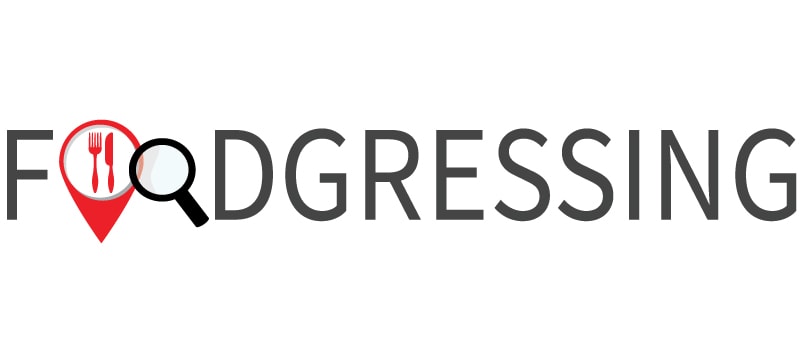Over the last year as we continued to grapple with the effects of COVID-19 restrictions on the food service industry, off-premise dining has played a key role in, transforming the ways customers interact with restaurants.
According to a study by the New York police department in the U.S., there has been a large jump in takeout, from 18%-60% within the FSR segment from 2019 to 2020.
With this shift in dining, restaurants have an opportunity to meet on-the-go expectations but crucial to secure hygiene standards.
Safe takeout and safe food delivery practices
To support restaurants, Tork®, an Essity brand, the global leader in professional hygiene launched a dedicated resource webpage with tips and tools to help restaurants secure hygiene for off-premise dining.

The resource hub provides expert guidance on how to secure safe food delivery practices as well as takeout from kitchen to handover, tools and services to ensure a healthy and hygiene environment for guests and employees.
Check out Essity’s tips for safe takeout and safe food delivery practices below:

1. Design your restaurant for safety
Place hand sanitizing stations where guests are entering and exiting the restaurant. For takeout or curb-side pickup, maintain social distancing between guests by having separate areas for ordering and pickup.
In the kitchen, always check to ensure handwashing stations are fully stocked with soap and paper towels at the start of each shift.
2. Assess your packaging and hygiene products.
Train staff to handle takeout bags with care, just as they would when preparing food. Create procedures to promote proper hand hygiene and minimize the risk of cross-contamination.
For instance, putting a tamper-proof seal on the bag is an easy way to show to guests that their food has not been touched or altered since leaving the kitchen.
You can also consider adding individually wrapped napkins to make sure that customers get napkins that are hygienic and untouched.
3. Communicate your efforts.
Educate guests about your efforts to ensure their food is safe from the kitchen to their table. You can even send notes with orders to let guests know what measures you’ve taken to ensure their food is safe and to thank them for their support.
It’s important for restaurants to continue building an emotional connection with guests whether they are dining on or off-premise.
4. Ensure delivery personnel have a good hygiene routine.
If working together with a third-party delivery company, look into their food safety handling policy, since they will become part of your food journey.
For restaurants operating their own delivery fleet, it is important to ensure that delivery staff has sufficient food safety knowledge and personal protective equipment (PPE) to protect both workers and guests.
Having a delivery toolkit with face masks, sanitizer bottles, paper towels and napkins can also help improve safety and hygiene.
5. Think beyond a traditional kitchen environment.
Over half (53%) of operators used a ghost kitchen for delivery orders during lockdown.
Further, 52% of global consumers report being comfortable with ordering from a delivery-only restaurant with no physical storefront.
Since most ghost kitchens have limited space and work with on-demand staff and third-party delivery companies, it is imperative to put hygiene front and center at every step of the food journey to ensure an efficient workflow and safe food handling.
